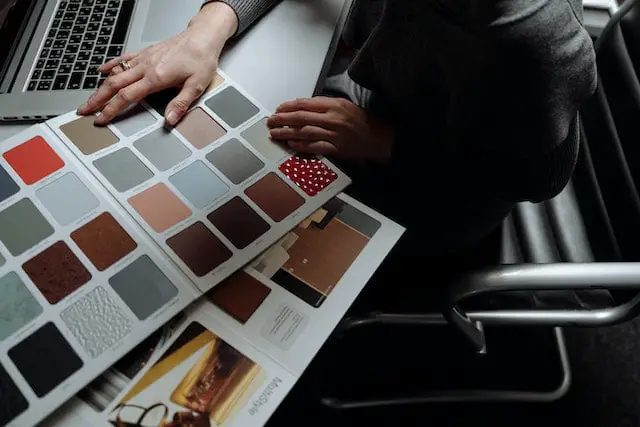Dark mode is quite a popular design idea. It offers its users a visually appealing and comfortable alternative to traditional light interfaces. When designing for dark mode, there are several key considerations to ensure your application or website looks stylish and maintains usability and accessibility.
Prioritize Legibility
The dark mode should never compromise text legibility. Use high-contrast color combinations for text and background to ensure content remains easy to read. White or light gray text on a dark background is a common choice, but be mindful of color blindness and test for accessibility.
Consistency is Key
Maintain design consistency between light and dark modes.
Elements such as button placement, iconography, and navigation should remain predictable and intuitive regardless of the method.
Mindful Color Selection

Choose a color palette that complements dark mode. Consider using deep blues, grays, and dark purples for backgrounds and vibrant, high-contrast colors for accents and highlights. Test your color choices across different devices and screens to ensure they display as intended.
Test with Real Users
Conduct user testing with individuals who use dark mode regularly. Gather feedback on the design’s usability, aesthetics, and overall user experience. This input can help you fine-tune your dark mode design to meet users’ needs better.
Optimize images and media for dark mode. Darken or recolor images to ensure they blend seamlessly with the dark background. Consider providing alternate versions of images to enhance their visibility in dark mode.
Dynamic Dark Mode
Implement a system that allows users to toggle between dark and light modes based on their preferences. This customization enhances user satisfaction and accessibility. Ensure that the transition between modes is smooth and visually appealing.
Mind the Details
Pay attention to smaller design elements like iconography, buttons, and form fields. Ensure these elements are appropriately sized and styled for dark mode to maintain a cohesive look and feel.
Designing for dark mode is not just about aesthetics; it’s about enhancing user experience and accessibility. By prioritizing legibility, maintaining consistency, and being mindful of color choices, you can create a dark mode design that is visually appealing and user-friendly.
